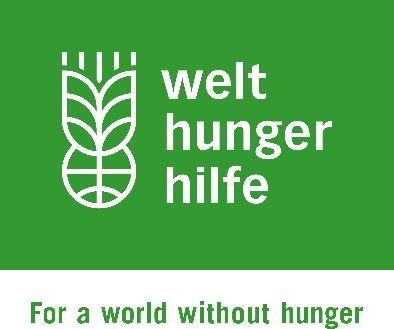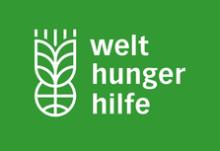Resource information
The Block Farm-Model
Under the Block Farm-Model the Investor leases "Blocks" of (A.) forested land or (B.) old, overgrown cocoa plantations for a period of 20 years (with the option of renewal for an additional 20 years) and cultivates such Blocks under a crop-sharing arrangement with (1.) trained Youth Groups, (2.) the respective Land Use Rights-holders, (3.) Community Representatives and (4.) the Land Owning Families according to common "Agro-Forestry Principles". All Blocks together constitute the "Block Farm". While each Block is managed independently by a group, the Investor provides trainings and technical advice to the group heads. The shared-value proposition of the Block Farm-Model makes provision for a revenue-share after the first harvest. While the Investor provides in-kind work compensation to the Youth Groups until the first harvest, from then onwards the revenue-share covers the Youth Groups’ and Land Use Rights-Holders/Land Owners’ entitlement to labor and lease payments. The Investor collects the cocoa harvested from the Blocks, processes the produce in community-owned processing centers and exports the goods to the international market. The Block Farm is governed by a set of agreements including (1.) a Farm Management Contract with the Land Use Rights-holders and/or Land Owners, (2.) a Memorandum of Understanding (MoU) with the Youth Groups, as well as (3.) a Land Lease Agreement with the Chiefdom Council and respective Government Authorities.
The Cocoa Production Cluster (CPC) Model
Under the CPC-Model a trust is set-up which holds land tenure rights to agricultural land. The trust deed stipulates a two phase-approach to the administration of the trust:
1) In Phase 1 the Trustee (i.e. the Investor) establishes a cocoa plantation (the "CPC") on the trust’s land and organizes vulnerable community members (the "Beneficiaries") into Farmer Groups who cultivate the CPC under his overall supervision. The Investor manages the CPC, provides all necessary farm-inputs, pays for labor and lease, markets the produce and carries the risk of the investment. A revenue sharing-arrangement ensures that the trust’s stakeholders (i.e. the Settlor, the Trustee, and the Beneficiaries) benefit appropriately from the proceeds of the CPC. Phase 1 has a duration of 19 years (i.e. a pre-harvesting period of four years + 15 years).
2) In Phase 2 the Investor withdraws from active management of the CPC and, in consultation with all trust stakeholders, divides the CPC into Small Scale Commercial Farming Divisions (the "SSCFDs") of similar pre-defined characteristics and size and transparently allocates such SSCFDs to selected Beneficiaries (the "Production Unit Chairmen") who henceforth take over the Investor’s role as Trustees and manage the SSCFDs according to the principles of the CPC-Model for the benefit of the remaining Beneficiaries. The Investor integrates the SSCFDs into his supply chain and buys and markets the produce (under a Contract Farming-Model). Phase 2 has a duration of 15 years. After 34 years the trust is dissolved and the land restituted to the Land Owners.


